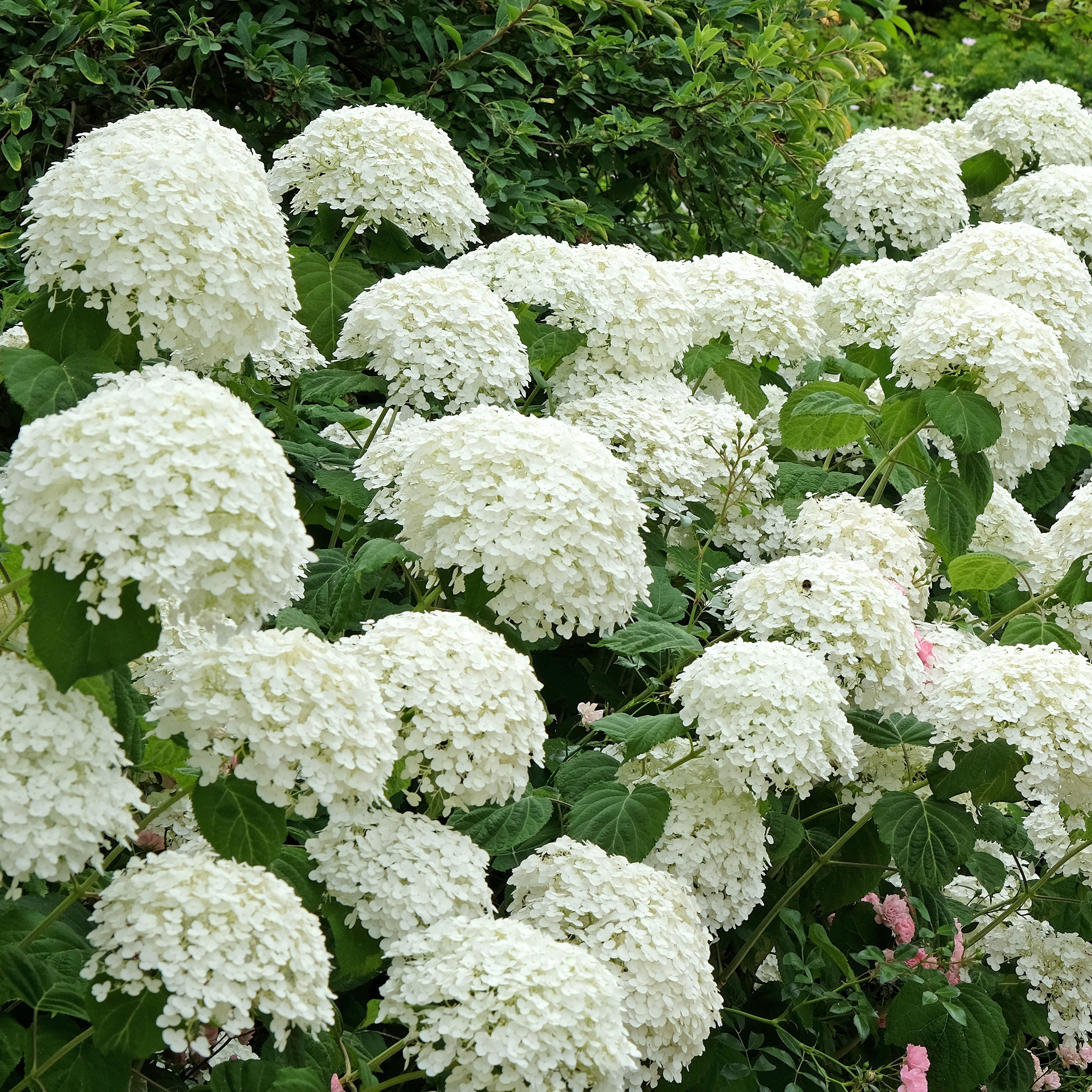Tatter Leaf Virus Control: Learn About Treating Citrus Tatter Leaf Virus
Citrus tatter leaf virus (CTLV), also known as citrange stunt virus, is a serious disease that attacks citrus trees. Recognizing the symptoms and learning what causes citrus tatter leaf are the keys to tatter leaf virus control. Read on to find out more information on treating citrus tatter leaf symptoms.
What is Tatter Leaf Virus?
Citrus tatter leaf was first discovered in 1962 in Riverside, California on a symptomless Meyer lemon tree that was brought over from China. It turns out that while the initial rootstock Meyer lemon was symptomless, when it was inoculated into Troyer citrange and Citrus excelsa, tatter leaf symptoms cropped up. The conclusion was formed that the virus came from China and was imported into the United States and then on to other countries through the exportation and distribution of old bud-lines of C. meyeri.
Citrus Tatter Leaf Symptoms
While the disease is symptomless in Meyer lemons and many other citrus cultivars, it is readily transmitted mechanically, and both trifoliate orange and its hybrids are susceptible to the virus. When these trees are infected, they experience serious bud union decrease and general decline. When symptoms are present, chlorosis of the leaves may be seen along with twig and leaf deformities, stunting, excessive blooming, and premature fruit drop. Infection may also cause a bud-union crease that can be observed if the bark is peeled back as a yellow to brown line at the joining of the scion and stock.
What Causes Citrus Tatter Leaf?
As mentioned, the disease can be transmitted mechanically but more often occurs when infected budwood is grafted onto trifoliate hybrid rootstock. The result is severe strain, which causes a crease at the bud union that can cause the tree to snap off during high winds. Mechanical transmission is through knife wounds and other damage caused by equipment.
Tatter Leaf Virus Control
There are no chemical controls for treating citrus tatter leaf. Long-term heat treatment of infected plants for 90 or more days can eliminate the virus. Control relies on propagation of CTLV free budlines. Do not use Poncirus trifoliata or its hybrids for rootstock. Mechanical transmission can be prevented by sterilizing knife blades and other scarring equipment.
Gardening tips, videos, info and more delivered right to your inbox!
Sign up for the Gardening Know How newsletter today and receive a free copy of our e-book "How to Grow Delicious Tomatoes".

Amy Grant has been gardening for 30 years and writing for 15. A professional chef and caterer, Amy's area of expertise is culinary gardening.
-
 15 Best Vegetables To Plant In May For A Summer Bounty Of Fresh Homegrown Produce
15 Best Vegetables To Plant In May For A Summer Bounty Of Fresh Homegrown ProduceGet planting your dream garden with these best vegetables to start in May – including options for direct sowing, indoor seed-starting, and planting seedlings.
-
 Native Hydrangea Varieties In North America – 8 Sensational Smooth And Oakleaf Varieties For Hardy Blooms And Multi-Season Beauty
Native Hydrangea Varieties In North America – 8 Sensational Smooth And Oakleaf Varieties For Hardy Blooms And Multi-Season BeautyHydrangeas are beloved for their enduring visual dynamics – but if you go native, they’re even better. Here are the most captivating native hydrangea varieties you can grow